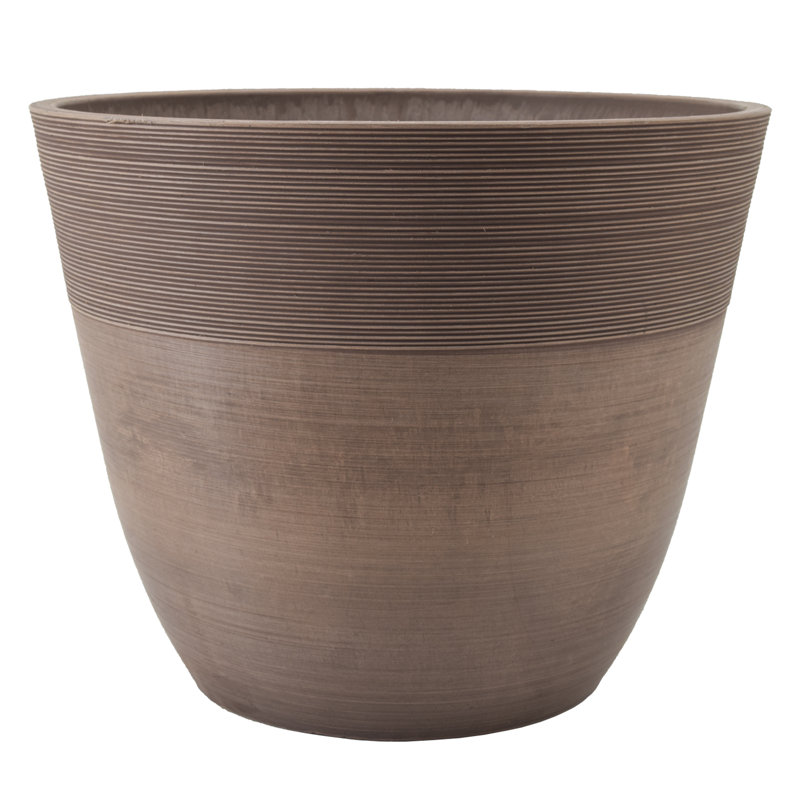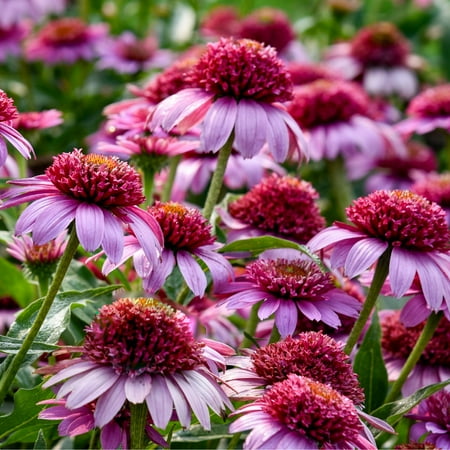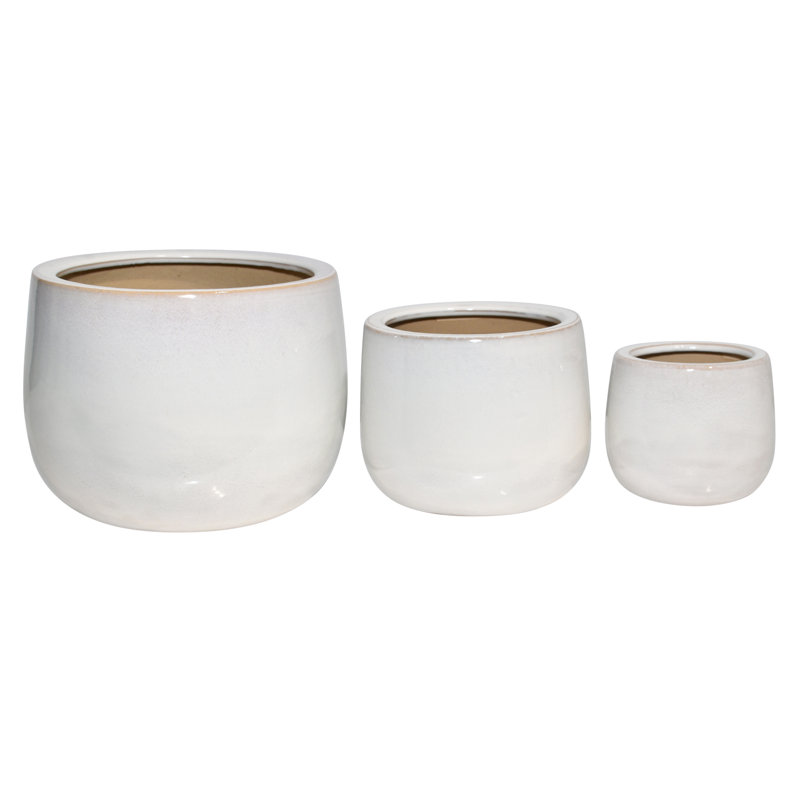Plants that flower twice – 5 game-changing picks for long-lasting, colorful blooms that do the hard work for you
Twice the blooms; half the effort
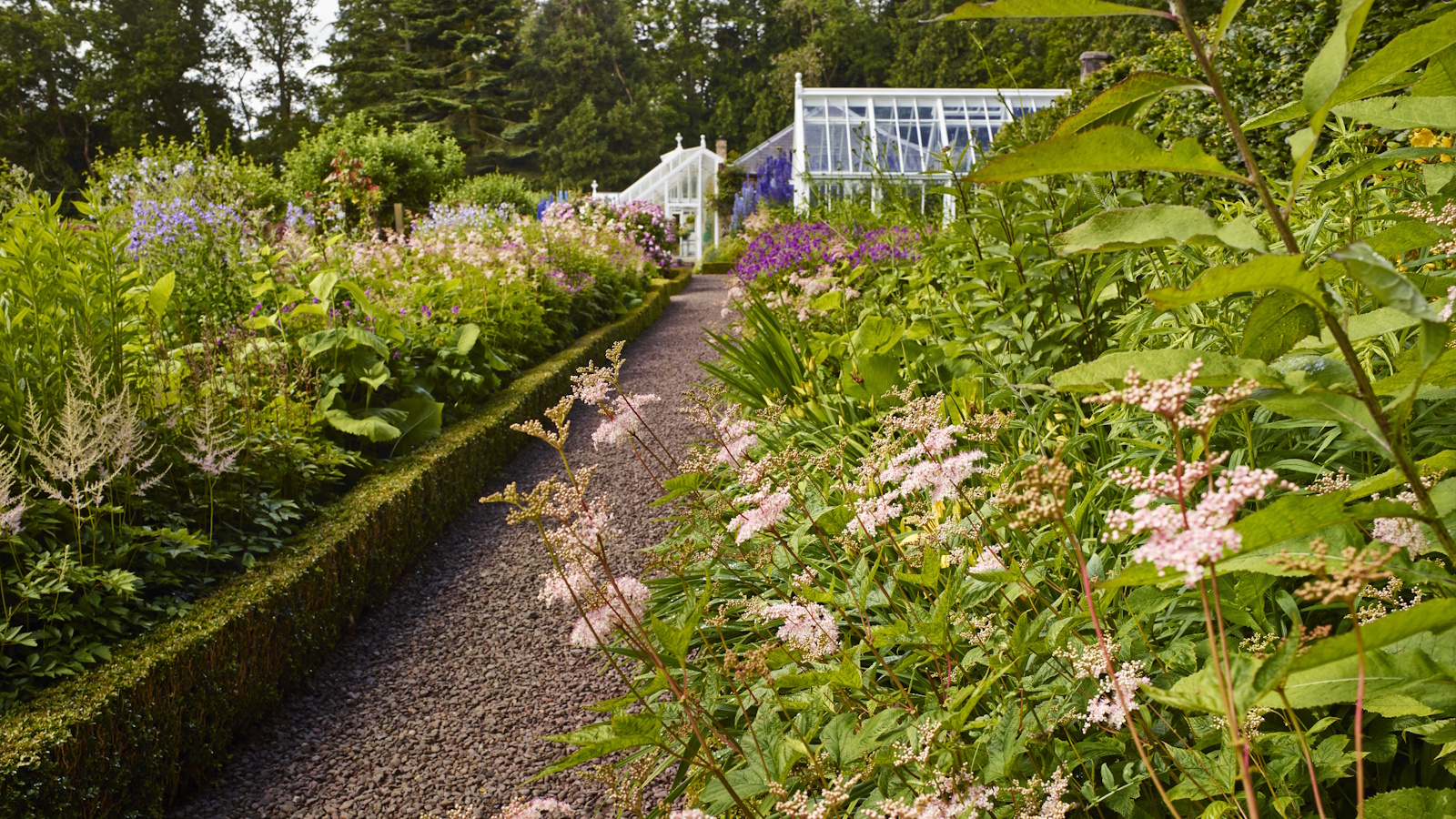

Having worked in both public and private gardens across the UK and Italy over the years, I’ve curated a list of plants I can truly rely on for longevity – the ones that don’t just bloom and fade in a matter of days. Hard-working gardeners deserve hard-working perennials, right? I want plants that offer more than a fleeting flourish.
In Italy, I leaned heavily on salvias. I’ve found that a little chop right after the first flowers had enjoyed a few weeks in the sun coaxed a second burst, even in the relentless heat. Take the classic woodland sage, Salvia nemorosa, with its recurring pink-purple flower spikes – a trusted repeat performer in any garden.
And sure, the second flush and flurry of flowers might not be as spectacular as the first, but that's OK. In my opinion, any late-summer color is to be sought and valued, especially when the grass begins to brown and those spring bulbs have long since faded. Here are five best perennials and plants that flower twice, because why not enjoy as much summer color as possible?
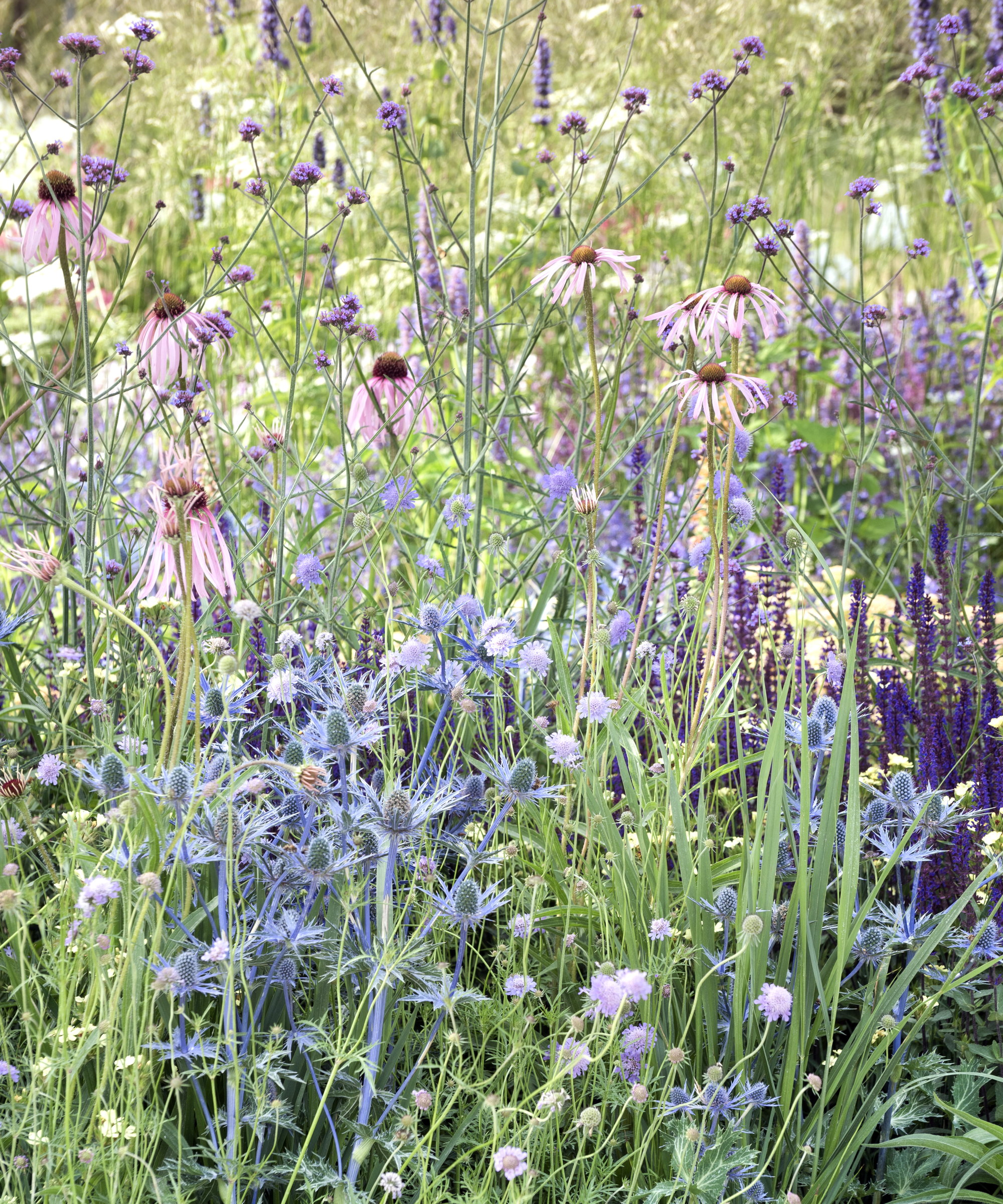
5 plants that flower twice
There are so many different plants that flower twice, including many bright and brilliant species with colorful, vibrant petals.
Just be sure to pick plants that work for your US hardiness zone and the conditions in your yard. After all, planting a sun-loving tender perennial in a shady garden found in a colder region will only ever end in disappointment.
These five of the longest-flowering perennials are species I have grown in my career, and here, I reveal tips and tricks I have learned along the way.
1. Astrantia
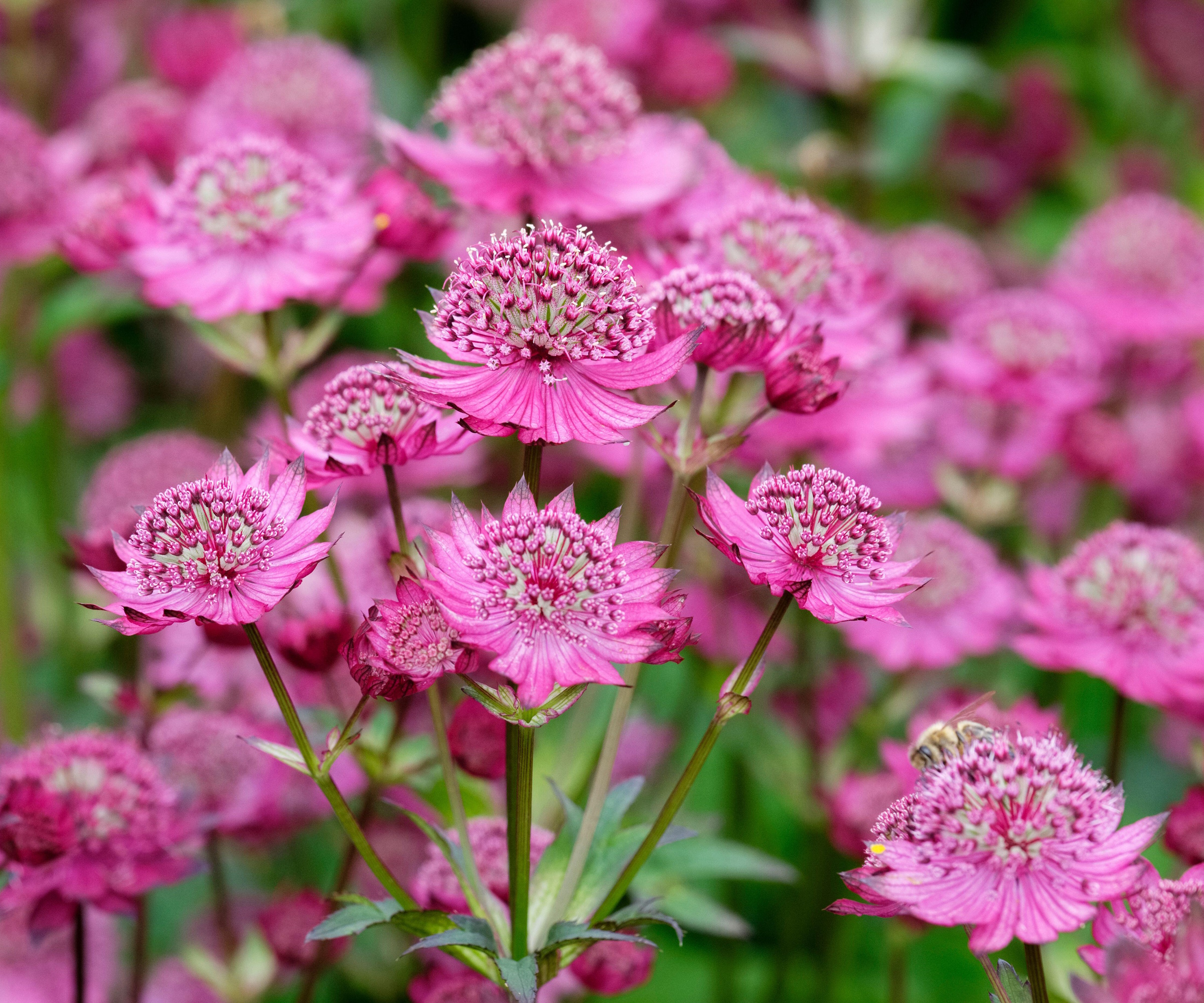
With starry blooms that seem to last all summer long, it is only natural that astrantia makes it to number one on this list.
Design expertise in your inbox – from inspiring decorating ideas and beautiful celebrity homes to practical gardening advice and shopping round-ups.
With regular deadheading, astrantia blooms will go on and on flowering, often right up until October. Not so much flowering twice, as flowering all the time.
There are many striking varieties to try, although my favorite is ‘Roma’, for its rich pink tone, which works great with dusky purples and silvers in a romantic planting scheme.
Astantia plants are remarkably hardy, thriving from zone 4 to zone 9, ideally in a sunny spot, but they can absolutely tolerate shade too. They can also handle drier soils if mulching is completed once or twice a year.
So, if you like the cottage garden look, and want blooms that last late into the season, astrantia is a true repeat performer, and, in my opinion, one of the easiest perennials that thrives on neglect.
Astrantia seeds are available to order from Amazon.
2. Lady's Mantle
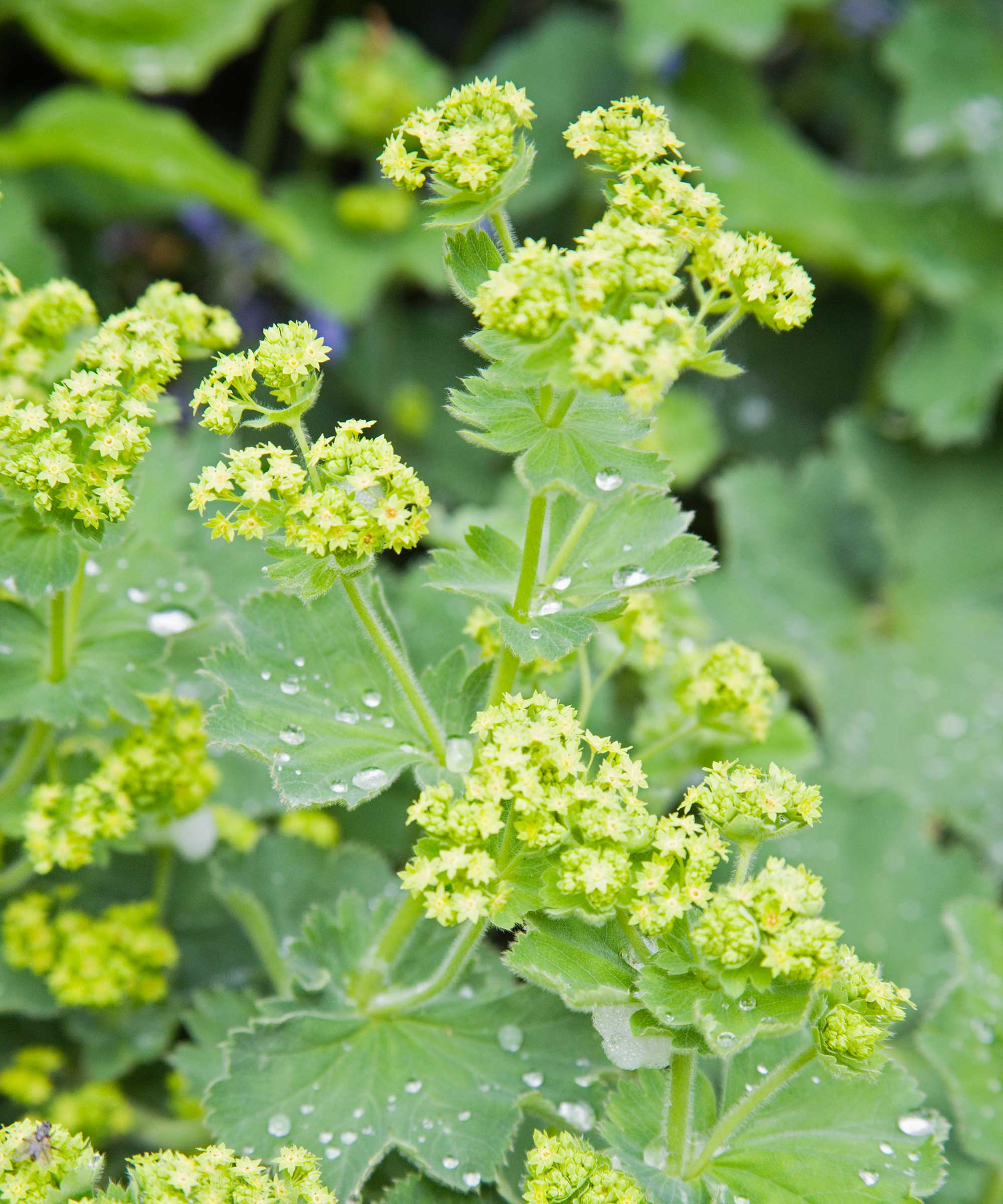
Lady’s mantle, Alchemilla mollis, has tall acid-green blooms that can be a little top-heavy so that they might flop after rain, but I think it only adds to the charm of this plant, especially when tumbling onto the garden path after a downpour.
Hardy from zone 3 upward, and endlessly adaptable, lady's mantle is a good choice if you want a repeat bloomer in darker yards, too, and many gardeners value it as a part-shade perennial.
It is also pretty drought-tolerant, once established. I have grown it in a dry, soil-lacking car park previously, and while some deep watering helped the plants settle, with time, they needed no TLC.
Simply snip the flowers' stems down to the base in late spring, leaving a neat clump of rounded leaves, and with a little luck, some more lime-green blooms will be on the way.
Try these Fiskars deadheading snips, available from Amazon, which are designed to quickly and effectively trim stems.
Just be cautious, however, as in cool, wet regions like the Pacific Northwest, it can become overly vigorous and is classified as an invasive perennial.
I have never had any trouble with it spreading too far, too fast, but always consult with your local government office before planting.
Live lady's mantle plants are available from Amazon.
3. Catmint
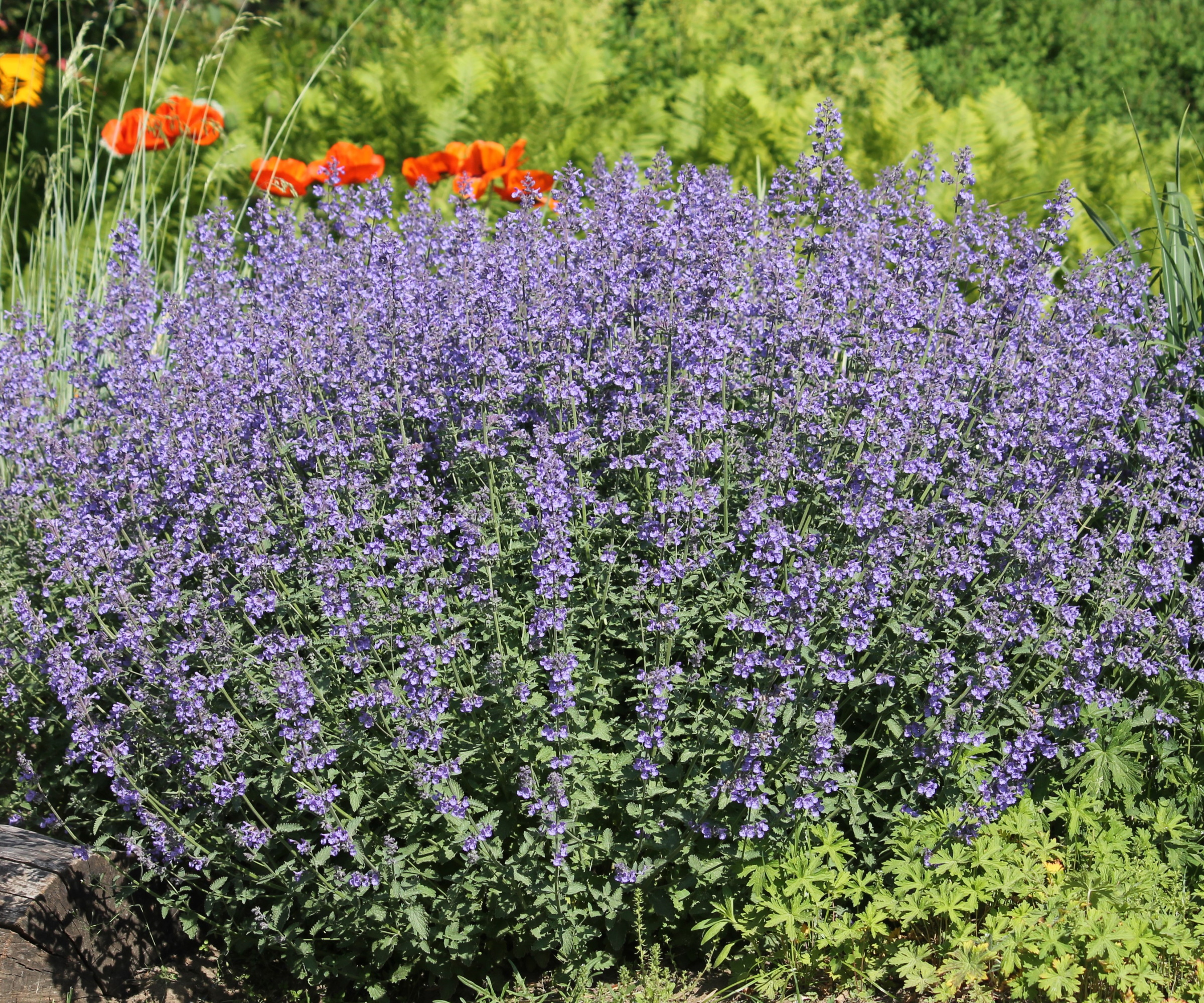
With lilac-lavender flower spikes and soft, silvery-green foliage, catmint is one cottage garden plant that can really be relied on for a long flowering show.
In terms of how to grow catmint, this cottage garden classic is hardy down to cooler, northerly regions, up to and including zone 3. Wherever you reside, know that it thrives in sunny yards, so an open position is best. What's more, it will thrive in rocky or even poor soils.
I would suggest cutting back stems in spring or early summer, and you should enjoy a second flush later in the year.
In hot, dry years, it might only send up several or so flower spikes, but a little water and feed can help the plant on its way.
I would suggest planting near a path or learning how to grow catmint in pots, and using it as a patio plant that thrives on neglect. That way, when it is placed near walkways or seating areas, you can enjoy the unmistakable herbal aroma as you pass by.
Live catmint plants can be ordered via Amazon.
4. Salvia
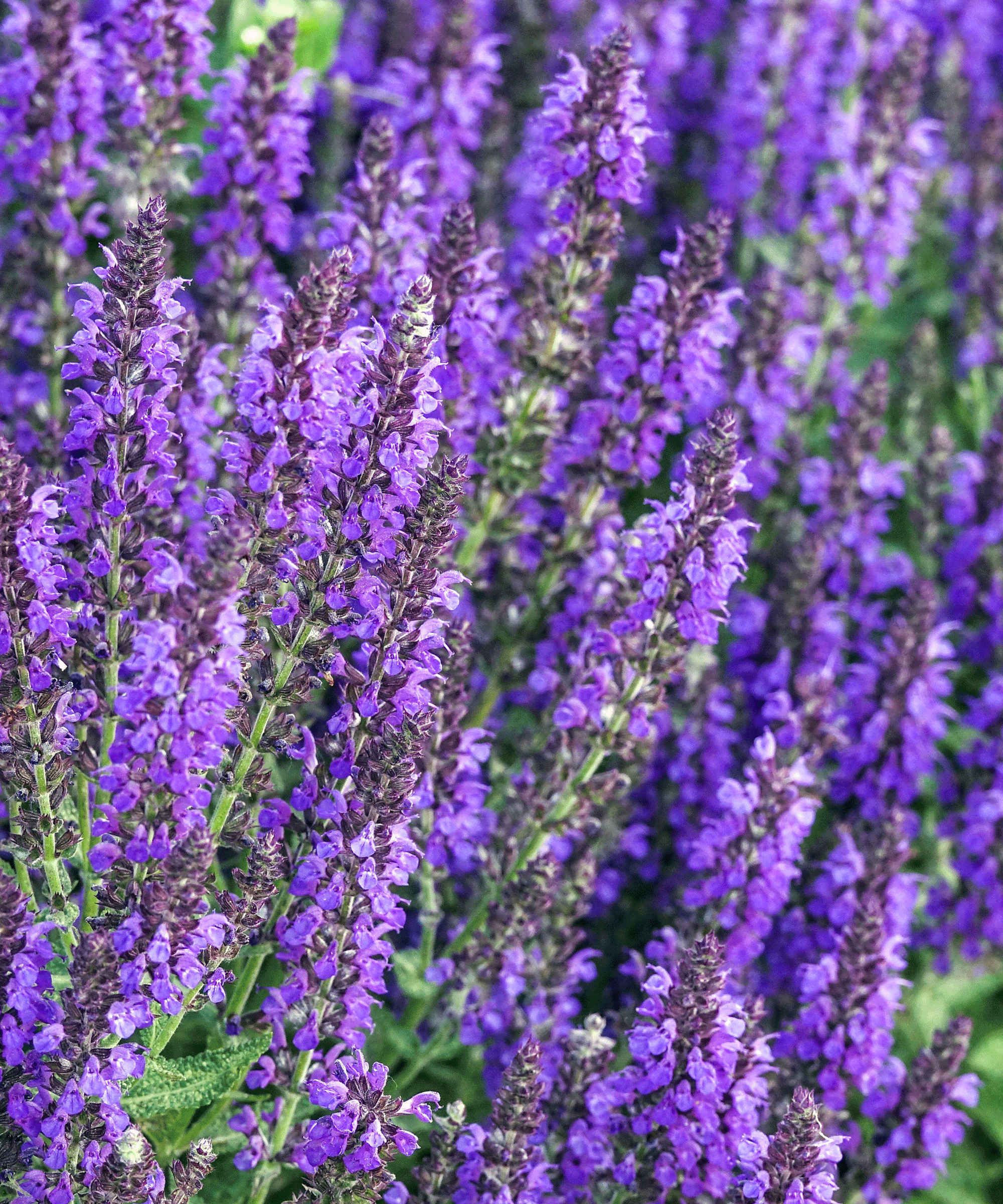
Salvias are a personal favorite of mine. Whether it’s the sky-blue spires of bog sage, Salvia uliginosa, or the dramatic violet spikes of Salvia 'Amistad', I always make room for them.
Salvia nemorosa is especially brilliant and is a reliable low-growing bloomer for any gardener in zone 4 to zone 9. It is drought tolerant, and easy to grow, and who wouldn't want a low-maintenance perennial in the yard?
Live Salvia nemorosa plants can be ordered now from Amazon.
Once the first flush of flowers fades, usually sometime around June, I deadhead my salvias and give them the classic ‘Chelsea chop’ (or 'Hampton hack', depending on where you garden). Cutting them back quite hard encourages fresh growth and a full second show of blooms.
If it’s been dry, I give the soil a decent watering to give my plants a boost, which can help to encourage re-flowering.
Plus, if you needed any more encouragement, salvias are some of the best plants for pollinators. They are the ultimate bee magnets. So, for a yard with non-stop color, fragrance, and humming with insects, salvia is the species to grow.
For another vibrant variety, there is always Salvia 'Hot Lips'. While I tend to steer away from these clashing red and white flowers, it is a popular, long-lasting variety.
Salvia 'Hot Lips' live plants can be ordered now from Amazon.
5. Yarrow
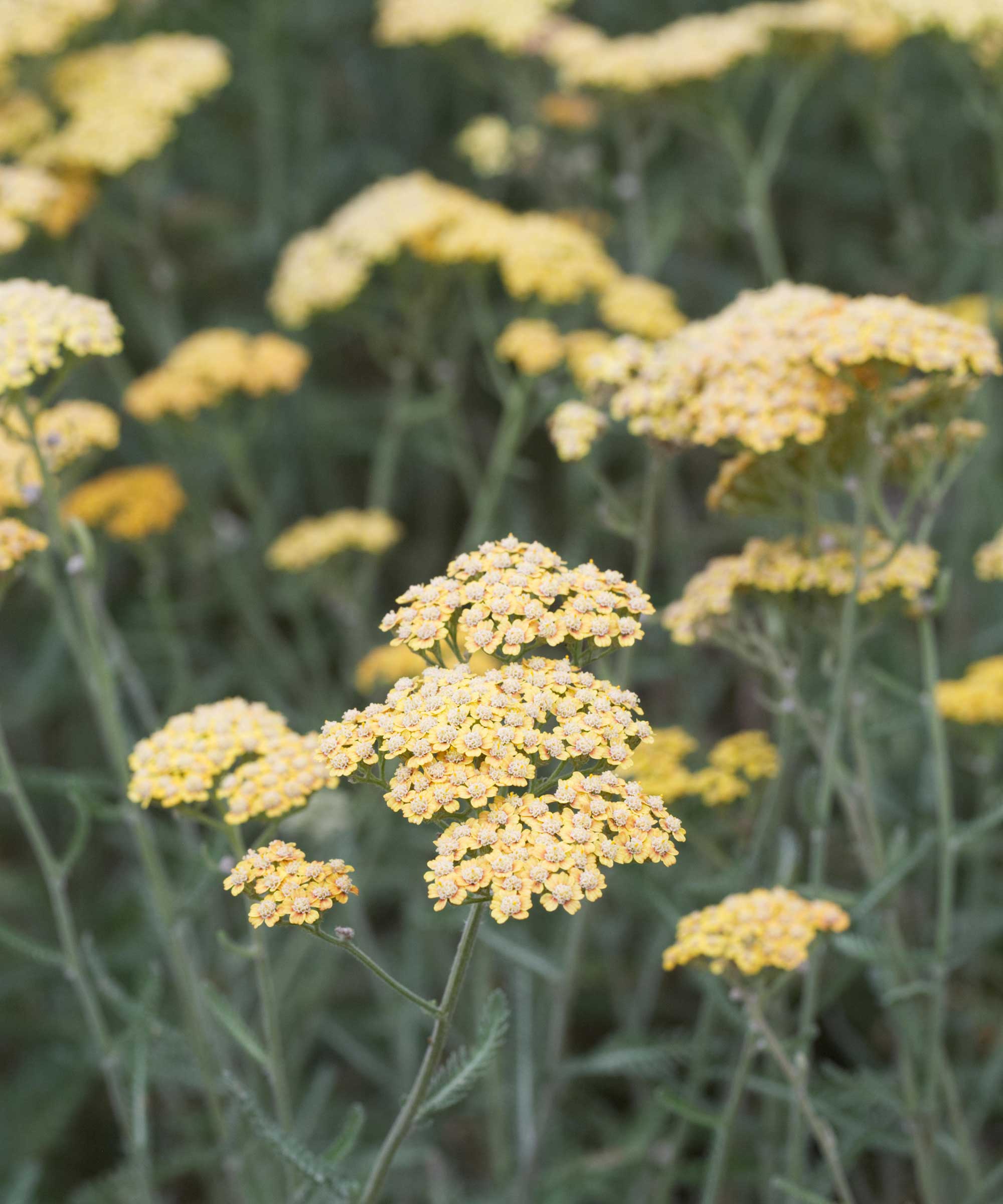
While I have grown yarrow in formal cottage garden borders and cutting flower beds, I most enjoy it when it is used in wild meadows.
In Tuscany, I used to have it growing in grass banks and meadows, self-seeding freely and lining the driveway to the villa. I was always sure to cut it back and deadhead yarrow by June, which then resulted in a good second showing.
So, if you are seeking low-effort but high-impact plants that flower twice in your yard, I know that yarrow can be relied on. And, with feathery foliage that is wonderful and the flat-topped flowers that are pollinator magnets, how could you not?
Growing best from zone 3 to zone 9, yarrow is an easy-to-grow frost-hardy perennial, tolerating both frozen winters and scorching summers. It is also very self-reliant, needing no supplemental water or feed, in my experience.
Live yellow yarrow plants are available from Walmart.
Perennials such as these can be cut back to the ground in fall or winter, depending on your garden preference.
You might want to 'put the garden to bed' in October or November, chopping everything down and mulching then and there, or you may prefer to wait until January or February to leave a little interest in your plot and help any insects and animals with food and shelter.
The choice is up to you. But I would recommend using a pruning sickle, which is a traditional tool that makes cutting back all the simpler. Try this highly rated pruning sickle from Amazon.
Shop flower accessories

Thomas is a Content Editor within the Gardens Team at Homes and Gardens. He has worked as a professional gardener for both public spaces and private estates, specializing in productive gardening, growing food and flowers. Trained in Horticulture at the Garden Museum, he has written on gardening and garden history for various publications, including The English Garden, Gardens Illustrated, Hortus, The London Gardener and Bloom. He has co-authored a Lonely Planet travel book, The Tree Atlas, due out in 2024.
You must confirm your public display name before commenting
Please logout and then login again, you will then be prompted to enter your display name.
